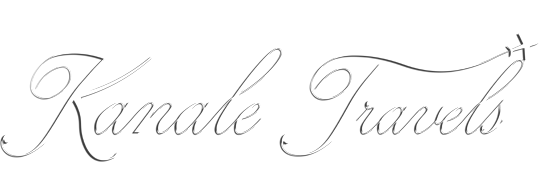Welcome to Jamaica!
Jamaica is located in the Caribbean Sea. It lies about 145 kilometers (90 miles) south of Cuba, and 190 kilometers (119 miles) west of Hispaniola, the shared island of Haiti and the Dominican Republic. After Cuba and Hispaniola, Jamaica is the third-largest of the Caribbean islands, covering an area of 10,990 square kilometers (4,240 square miles). Coordinated Universal Time (UTC) or time zone for Jamaica is UTC-5.
The capital of Jamaica is Kingston, also its largest city. The island’s population is 2.8 million (2021 estimate). Jamaica’s official language is English. Jamaican Patois is widely spoken, making it the de facto national language.
The currency of Jamaica is the Jamaican Dollar (JMD). The country has a real GDP of US$26 billion (2020 estimate). Exports include alumina, bauxite, sugar, bananas, rum, coffee, yams, beverages, chemicals, wearing apparel, and mineral fuels. Unofficially — and illegally — cannabis ranks high as an export.
Jamaica declared independence from the United Kingdom, which was granted as of 6 August 1962. 6 August is a national holiday known as Independence Day.
What do the colors of the Jamaican flag mean?
The colors of the Jamaican flag are black, yellow (gold), and green. Black represents the strength and creativity of the people. Gold, the natural beauty of the sunlight and wealth of the country. Green signifies hope and agricultural resources. The Jamaican flag is currently the only national flag that does not include the colors red, white, or blue.
For more information about Jamaica, see the World Factbook, Britannica, and Wikipedia.
Below is a map of all of Jamaica’s parishes. (Move cursor over map to see parish names.)

Jamaica
Read more about Jamaica:
- Travels stories from Jamaica




Comments are closed.